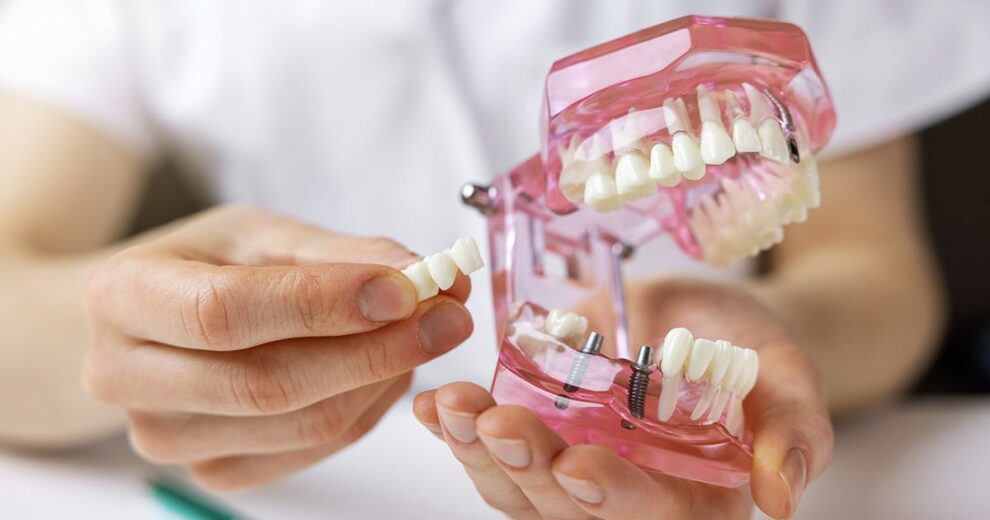Hello there. Welcome to a journey of understanding dental bridges and crowns in simple terms. The folks at jamison family dentistry have shared valuable insights with us. Here’s a chance to learn from the best. This guide will shed light on these common dental procedures. No jargon, no complexity, just easy-to-understand facts. Ready? Let’s dive in.
What are Dental Bridges and Crowns?
Dental bridges and crowns are solutions for missing or damaged teeth. A crown is a cover or ‘cap’ your dentist can put over a tooth. A bridge replaces missing teeth by bridging the gap between two existing teeth.
When do you need them?
You might need a bridge or crown if you have lost teeth, have a large cavity that can’t be filled, or have a damaged tooth. They can also improve your smile or make your teeth stronger.
The process
Getting a bridge or crown usually takes two visits to the dentist. The first step is to prepare the tooth and make a mold. The second step is to place the permanent bridge or crown.
Differences Between Dental Bridges and Crowns

| Dental Bridges | Dental Crowns | |
| Purpose | Replace missing teeth | Cover a damaged tooth or large cavity |
| Process | Usually requires two visits | Usually requires two visits |
| Duration | Can last 10 to 15 years with proper care | Can last 5 to 15 years, depending on the material used |
Care for your Dental Bridges and Crowns
With proper care, your new bridge or crown can last many years. It’s important to brush and floss regularly. Also, see your dentist for regular check-ups.
Conclusion
Dental bridges and crowns are effective ways to improve your smile and oral health. If you think you might need a bridge or crown, talk to your dentist. And remember, every smile is unique, so what works for others might not work for you.









